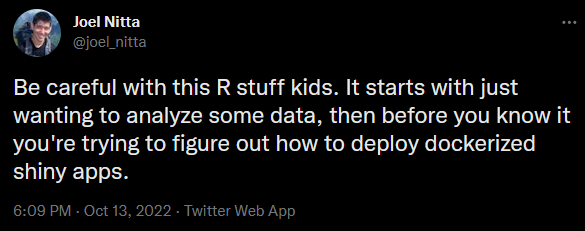Joint Probability Density Function
The joint probability density function
- Each probability is between zero and one inclusively
- All probabilities add up to 100 percent
Setting
For the examples in this lecture session, we will model the queues at In-n-Out with random variables

and a function of the form
Normalization
Find the value of
Joint Probability
Compute the probability that you will take {between 1 and 2 minutes to order} and wait {between 3 and 4 minutes to receive} your food.
Joint Cumulative Distribution Function
In general, we handle the probability calculations with the joint cumulative distribution function
% joint cumulative distribution function
We can verify that the joint CDF starts at zero
and that the joint CDF collects all probabilities
If need be, we can recover the joint PDF from the joint CDF as the mixed second-order partial derivatives
What is the joint CDF for the In-n-Out setting?
Marginal Probabilities
The marginal cumulative distribution functions can be computed as
% marginal CDF
Intuition: the marginal CDF is seeking to analyze the probabilities in just one variable regardless of the other variables, so ``eliminate’’ the other varibles by taking their limits to infinity.
We can verify that the marginal CDFs start at zero
and that the marginal CDFs collect all probabilities
What are the marginal CDFs for the In-n-Out setting?
Marginal Probabilities
The marginal probability density functions can be computed as
Intuition: the marginal PDF is seeking to analyze the probabilities in just one variable regardless of the other variables, so ``integrate out’’ the other variables.
Alternatively,
What are the marginal PDFs for the In-n-Out setting?
Marginal Expectation

- What is the expected wait time to order food?
- What is the expected wait time to receive food?
Independence
Recall that two events
Here, the variables
and
Upcoming lectures: dependent variables
Looking Ahead
due Fri., Mar. 10:
- WHW7
- LHW6
- Internet Connection (survey)
Exam 2 will be on Mon., Apr. 10
no lecture on Mar. 10, Mar. 24

